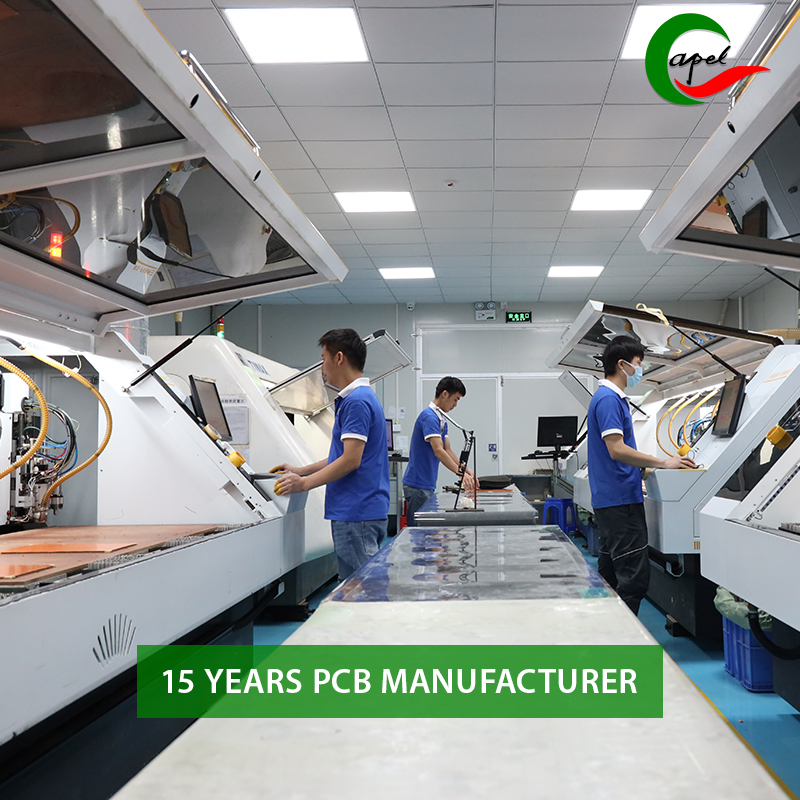A question often arises: Can rigid-flexible PCB circuit boards be produced in small batches? In this blog post, we will explore the answer to this question and discuss the benefits of using rigid-flex PCB circuit boards.
When it comes to electronic devices and circuit boards, manufacturers are always striving to find the most efficient and effective solutions. One innovation that has attracted widespread attention in recent years is the development of rigid-flex PCB circuit boards. These advanced circuit boards combine flexibility and rigidity, making them ideal for a variety of applications.
To understand whether rigid-flex PCB circuit boards can be manufactured in small batches, it is crucial to first understand the manufacturing process and its associated requirements. Rigid-flex PCB circuit boards are composed of rigid and flexible materials, allowing them to be shaped and bent to fit different devices and applications. This unique composition requires a specialized manufacturing process involving a combination of rigid and flexible substrates, conductive traces and other components.
Traditionally, manufacturing circuit boards in low volumes can be challenging due to the high costs associated with tooling and setup. However, advances in technology have made it possible to produce rigid-flex PCBs in small batches without compromising quality or incurring excessive costs. Manufacturers are now equipped with advanced machinery and processes to efficiently produce low-volume rigid-flex PCB circuit boards to meet the needs of various industries and applications.
There are several benefits to manufacturing rigid-flex PCB circuit boards in small batches. A significant advantage is the ability to prototype and test designs before going into full production. By producing in small batches, manufacturers can quickly iterate and refine their designs without the need for mass production. This approach therefore saves time, reduces costs and ensures the final product meets the required specifications and performance standards.
Another advantage of low-volume manufacturing of rigid-flex PCB boards is the flexibility it provides customers. Small batch production allows manufacturers to meet specific customer needs and niche markets. Businesses or individuals who require custom circuit boards with unique designs and features can benefit from this flexibility. Manufacturers can work closely with customers to understand their needs and provide tailor-made solutions, even for small batches.
In addition, small batch production of rigid-flex PCB circuit boards can reduce inventory and storage costs. By producing only the required number of boards, manufacturers can avoid excessive inventory and related expenses. This approach is particularly beneficial for businesses dealing with rapidly evolving technologies or products with short life cycles. Manufacturers can focus on producing the right quantities, thereby optimizing their resources and increasing overall productivity, rather than being burdened by excess inventory.
It’s worth noting that while low-volume production of rigid-flex PCB circuit boards offers several advantages, it may not be suitable for every situation. Large-scale production usually results in more competitive prices due to economies of scale. Therefore, when cost is a primary consideration and board demand is expected to be high, it may be more economical to opt for high-volume production.
All in all, the answer to the question of whether rigid-flex PCB circuit boards can be produced in small batches is yes. Advances in technology and manufacturing processes allow manufacturers to efficiently produce small quantities of these complex circuit boards. By opting for low-volume production, businesses can benefit from reduced costs, increased flexibility and customized solutions. However, it is crucial to weigh the advantages against the specific requirements of each project to determine the most appropriate manufacturing method.
Post time: Oct-06-2023
Back







